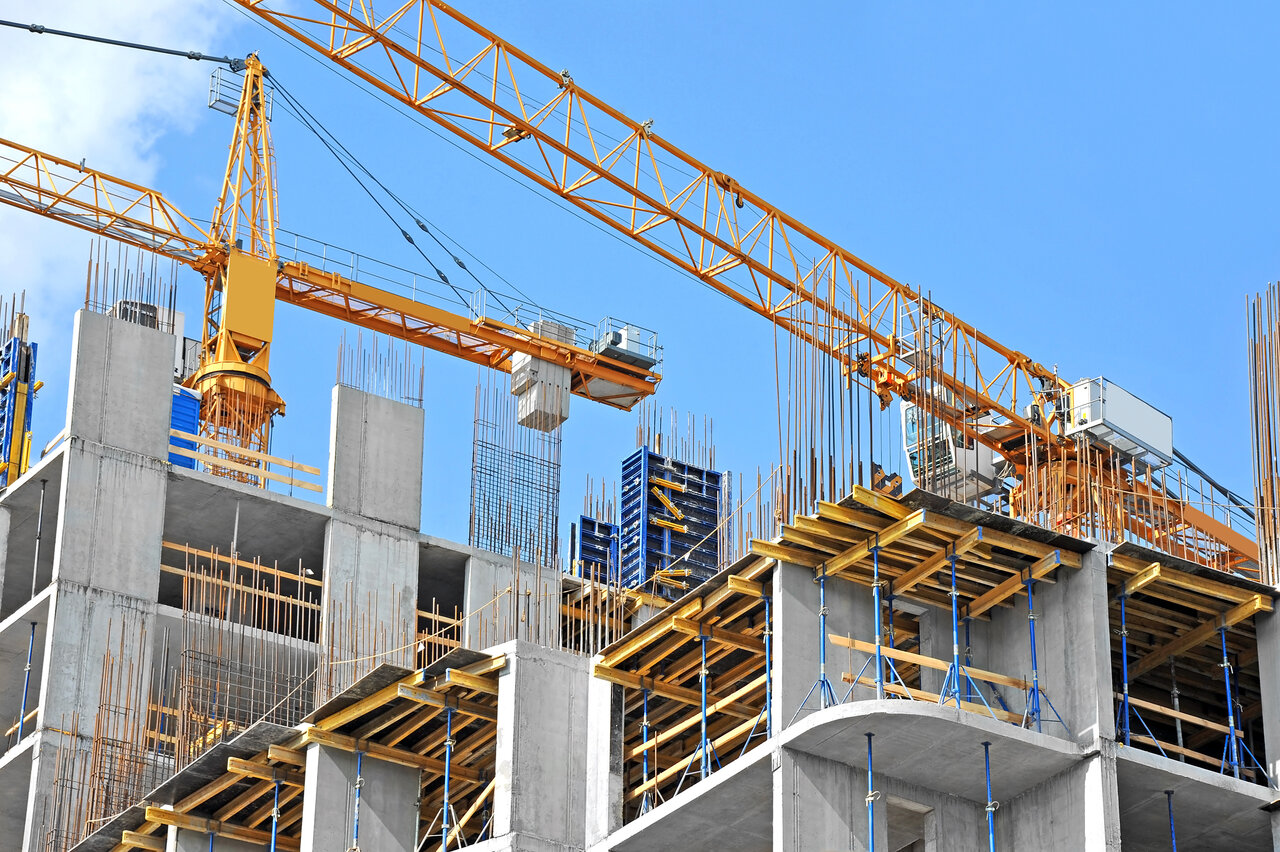By Joel Nelson on March 12, 2024 in News
An article published here almost three years ago explored the state of housing construction, which were reaching the highest prices in 15 years because of rising demand driven by low mortgage interest rates and the spiriling cost of materials such as steel and copper wire. By May 2021, lumber price spikes alone added nearly $12,000 to the market value of a newly built multifamily home. A Wells Fargo economist noted, “New residential construction remains strong but building material pricing and availability are likely to remain significant headwinds.”

Today, construction has slowed “due to supply chain bottlenecks, rising costs and high-interest rates,” says Construction Dive, a news source for construction and building industry trends. The federal funds interest rate recorded a 22-year high in September 2023, potentially making financing more expensive going forward as interest rates fluctuate and impact the feasibility of some projects.
Materials, supply chain impacts
While prices for some materials such as lumber and softwood lumber declined in 2023, other materials have seen sharp increases. Concrete products, for example, were 14.8% higher in 2023 than in 2022. Construction equipment and machinery also saw double-digit price growth from 2022-23.
Furthermore, the supply chain is still recovering from the massive bottleneck caused by COVID-19. Federal law requiring federally funded construction projects to employ U.S.-created materials poses a formidable challenge to manufacturing capacity.
“Supply chain challenges mean that even the most diligent contractors are likely to get hit with parts shortages and delays,” says Construction Dive.
Worker shortage persists
Another persistent problem is the shortage of skilled construction workers. “Demand for construction workers is at an all-time high but the number of skilled workers is lower than ever,” Construction Dive says, with 91% of contractors having trouble filling positions in 2023 and the industry needing about 546,000 additional workers — including engineers, superintendents, project managers, safety and quality managers and architects — to meet production demands this year. Property insurance leader The Hartford projects that more than 40% of the current U.S. construction workforce will retire in the next decade. Meanwhile, job openings remain at a historic high level.
“The expectation is that construction worker shortfalls will remain elevated,” says Anirban Basu, chief economist for Associated Builders and Contractors (ABC), a national construction industry trade association.
Pipeline strength boosts industry
These factors contribute to an environment in which “contractors are looking for ways to cut costs, protect their assets and stay ahead of potential losses,” says Construction Dive.
But many insiders believe the economy is still strong enough to keep the industry out of serious trouble. In fact, a JLL forecast of U.S. and Canada construction trends for 2024 forecast notes that a strong project pipeline will keep the industry busy through the year, despite higher interest rates and slower private starts. JLL projects construction cost growth of 2% to 4% this year, with shorter lead times and more stable prices for most materials.
“We believe some of the pressures are easing from the COVID-19 pandemic and related issues, like product delays, have slowly alleviated. Yet there are still some bottlenecks with things like electrical equipment, so it is still critical to plan well in advance,” says Chris O’Hala, managing director of construction risk engineering for The Hartford.
With the industry in flux, it will be important for leaders to “address any potential risk factors. A lot of leaders have been increasing their planning efforts and looking into technology solutions to combat the ongoing labor shortage,” says David DeSilva, head of construction at The Hartford.
Further boosts to construction could come from legislation passed in 2021 and 2022: the Infrastructure Investment and Jobs Act, the Inflation Reduction Act and the Creating Helpful Incentives to Produce Semiconductors (CHIPS) Act.
Tips from Construction Dive and other insiders that can help construction firms remain stable include:
- Developing a contingency plan for material shortages or delays to help keep projects on schedule.
- Shopping around for backup vendors, subcontractors and better rates.
- Engaging with customers early in the project life cycle for better decision-making and planning, thereby expediting design choices and enabling advanced procurement of raw materials.
- Monitoring and analyzing cost data to streamline operations and pinpoint optimal project types
- Embracing the “gig economy” as a means to attract and retain talent.
- Investing in upskilling and cross-skilling programs such as apprenticeship and training programs to create a flexible workforce.
- Prioritizing worker safety to increase construction’s appeal to recruits. This can include using robotics, drones, wearables, site sensors and other tools to reduce human exposure to high-risk tasks.
- Leveraging generative artificial intelligence, whose rise “could mark a pivotal moment in the industry’s digital transformation, building on the momentum gained during the pandemic,” according to Deloitte.
Despite the challenges, The Hartford’s DeSilva says, “there has never been a better time to be in the construction industry because there is a huge push in the industry to have good culture, with a focus on safety, technology and wellness.”
See the must-have features in construction management software that help keep projects on time and on budget.


